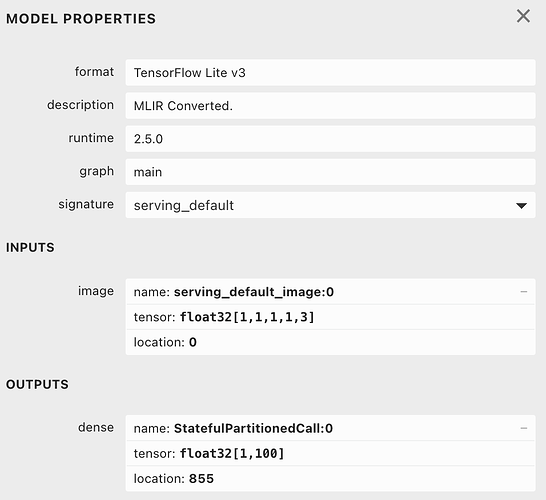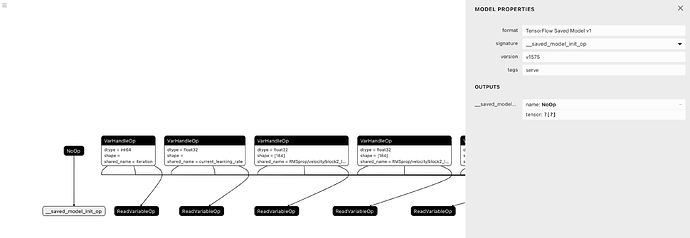Hi:) I am trying to load a tflite model in my android app, but I get these two error messages:
This is how I converted the model:
tf_model = tf.saved_model.load('Models/MoViNet/models/movinet_freez10_3')
converter = tf.lite.TFLiteConverter.from_keras_model(tf_model)
converter.target_spec.supported_ops = [
tf.lite.OpsSet.TFLITE_BUILTINS,
tf.lite.OpsSet.SELECT_TF_OPS
]
tflite_model = converter.convert()
open('Models/MoViNet/lite/model.tflite', 'wb').write(tflite_model)
This is how I try to load my model when it is located in assets folder:
try {
val tfliteModel = FileUtil.loadMappedFile(context, "modelCopy.tflite")
val tflite = Interpreter(tfliteModel)
} catch (e: IOException) {
Log.e("tfliteSupport", "Error reading model", e)
}
I have also tried this where the model is in a ml package (got the same error):
import com.example.slr.ml.Model
val model = Model.newInstance(context)
And I have these dependencies in my gradle file:
implementation("org.tensorflow:tensorflow-lite:0.0.0-nightly-SNAPSHOT")
// This dependency adds the necessary TF op support.
implementation("org.tensorflow:tensorflow-lite-select-tf-ops:0.0.0-nightly-SNAPSHOT")
implementation("org.tensorflow:tensorflow-lite-support:0.0.0-nightly-SNAPSHOT")
implementation("org.tensorflow:tensorflow-lite-metadata:0.0.0-nightly-SNAPSHOT")
Do any of you have an idea how to include the AvgPool3D operation or another way to fix this issue? (it is listed in supported core ops here)




